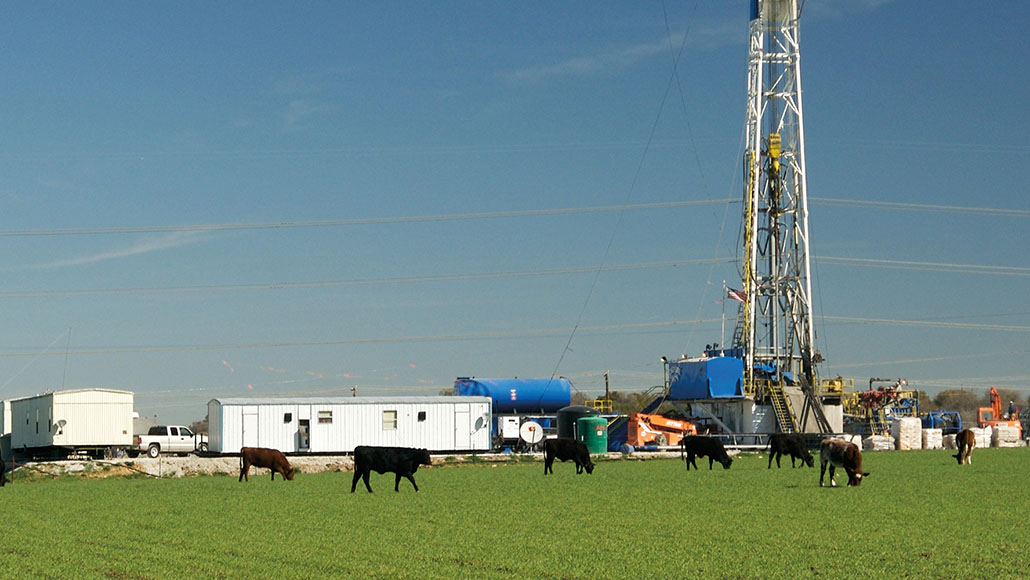Hydraulic fracturing: protecting communities and the environment
In this article
Environmental responsibility
Protecting the community
To minimize traffic disruptions, trucks used to carry equipment and hydraulic fracturing fluids are required to use designated routes during specified hours of the day and week. Though the noise levels from the site may be low, acoustic barriers may be installed around the perimeter of the area to reduce nuisance sound levels even further. Once an unconventional oil or natural gas well is producing, there is no detectable sound from the operation.
Protecting the groundwater
Hydraulic fracturing occurs far below the groundwater aquifer. Groundwater is protected by thousands of feet of impermeable rock and an engineered well casing design consisting of several layers of steel casing and cement to provide isolation. The multiple layers of impermeable rock between the water supply and the gas-bearing rock ensure the fracks do not extend into the groundwater aquifer.
Protecting the landscape
Viable sources of unconventional oil and natural gas can sometimes be found in small, isolated zones within a few yards of each other. During the drilling stage, a vertical wellbore is typically drilled one to one and a half miles below the surface. Multiple horizontal deviations can then be drilled to reach the different target reservoirs.
Horizontal drilling has led to the development of multi-well pad technology, which allows for one drill site to include a number of producing wells that can access reservoirs up to 8,000 feet away from the vertical well. Instead of having single well pads spread throughout the community, multi-well pads can significantly limit the surface impact.

Safety measures
Safety of people, communities and the environment is the top priority for all responsible companies and authorities working to develop unconventional gas resources.
When a drilling site is selected, community engagement is undertaken and information is gathered regarding all applicable laws, regulations, permits and codes, and environmental impact assessments may be conducted to identify and address any potential conflicts. All development and production activities incorporate well-defined and proven policies, standards and practices to ensure safe and environmentally responsible operations.
In a typical unconventional development project, the most intensive activity occurs during drilling, which normally lasts between four to six weeks. During this period, trucks drive to and from the site and machinery is used to drill wellbores that typically extend one to two or more miles below the surface.
The fracturing process itself typically lasts for only a few days. Once drilling and fracturing are complete and natural gas is flowing, there is very little noise at the producing wellhead. It will remain in this state for the rest of its producing life, normally about 20 to 30 years.

Related content
